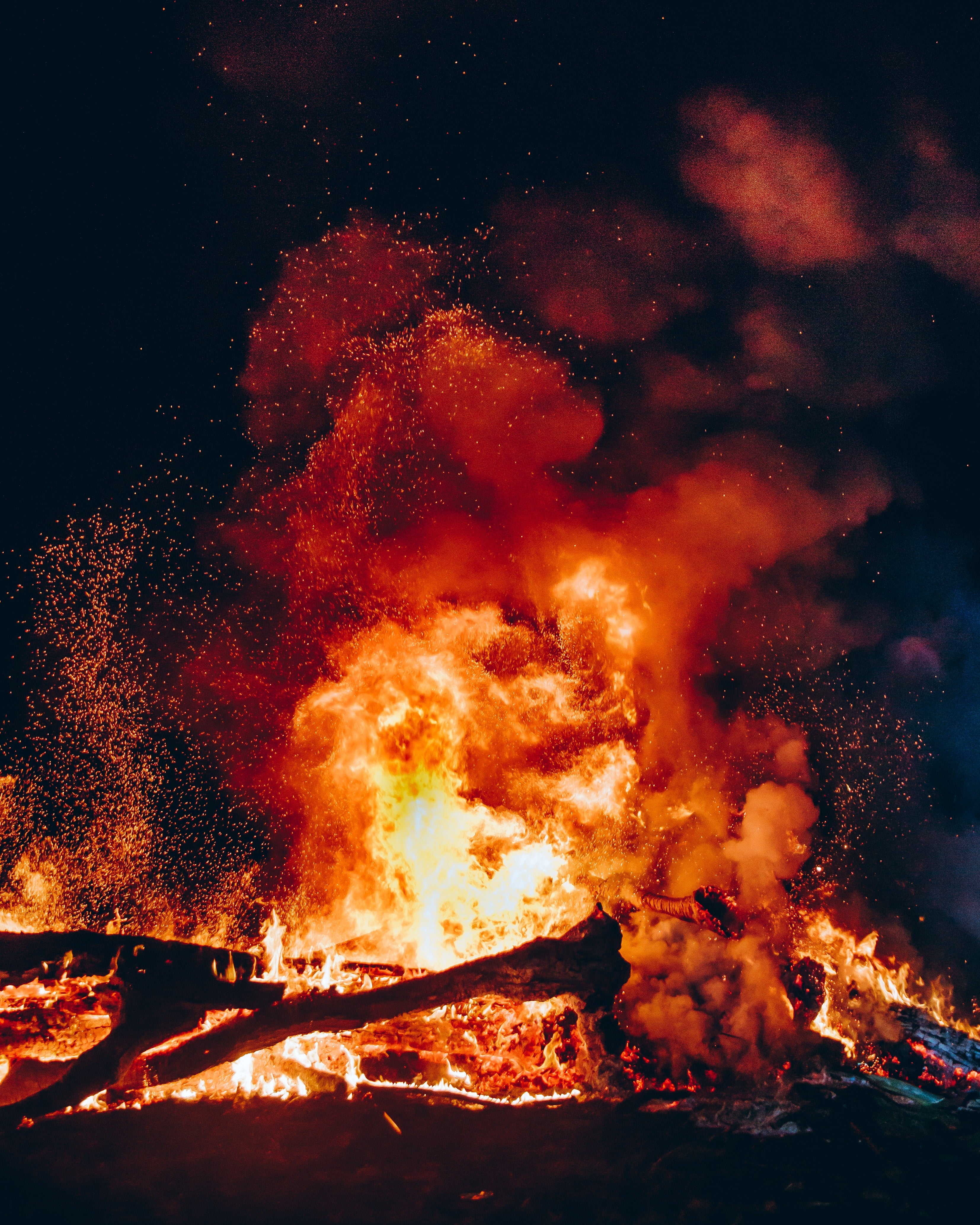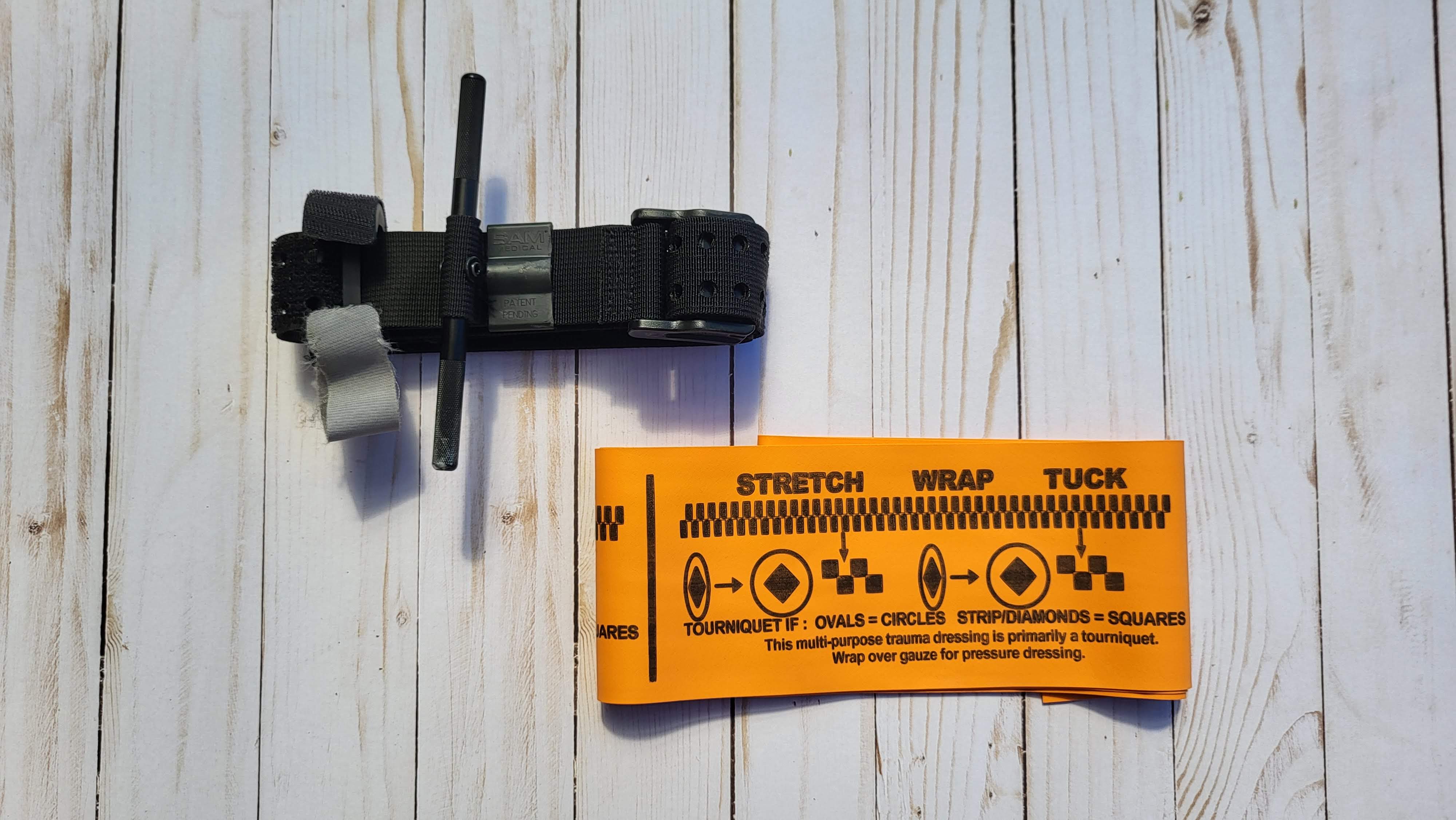We’ve all been there. You’re making something on the stove and accidentally touch the burner. Or you spend a little too much time in the sun and end up looking like a lobster. There are lots of different ways to get a burn, let’s take a look at some of the more common ways:
Thermal burns
These are typically what comes to mind when someone thinks of a burn. Caused by some sort of heat source, the skin temperature is raised to the point where cell death begins. Any hot item can cause a thermal burn, from a hot metal or liquid to a fire.
Symptoms:
The symptoms of thermal burns can vary widely depending on how extensive the burn is. Thermal burns are broken down into three categories.
First degree or superficial burns:
- Redness
- Pain
- No blistering, but skin turns white when touched
- Likely only epidermis (outermost layer of skin) is affected
Second degree or partial-thickness burns:
- Redness
- Pain
- Blistering
- Skin turns white when touched
- Affects epidermis and dermis (layer below epidermis)
Third degree or full-thickness burns:
- Painless
- No sensation to touch
- Skin may be whitish and charred or leathery
- Affects epidermis, dermis, and subcutaneous tissue
- In severe cases, muscle tissue or bone may be exposed
Treatment
Like the symptoms, the treatment of thermal burns depends on the severity of the burn.
Minor burns
- Run cool water over burn
- Remove any constrictive items like rings or watches in case of swelling
- Don’t break blisters
- Apply burn gel to the affected area
- Loosely cover with a sterile gauze bandage
- Use over the counter pain relievers as needed
Major burns (which are deep, cause the skin to be dry or leathery, cause the skin to be charred or are larger than 3 inches in diameter or cover the hands, feet, face, groin, buttocks or a major joint)
- Protect the person from further harm or burns
- Monitor breathing
- Remove jewelry or restrictive clothing from burn site
- Cover the burn with a moist dressing, like a burn gel 4x4
- DO NOT immerse in water
- Elevate the burned area, if possible
- Watch for signs of shock like fainting, pale skin, or shallow breathing
Friction burns
These burns are commonly caused by sliding or rubbing against something, scraping off a layer of skin and creating a heat burn through friction. These are the types of burns you’d typically see in a motorcycle/bicycle crash. Rug burns are also a type of friction burn.
Symptoms
- Redness
- Discoloration
- Pain
Treatment
- Run the affected body part under cold water for 15 minutes. This will help with swelling and pain. After rinsing it, you can clean it with cold water and a mild soap
- Apply antibiotic ointment to the burn to reduce risk of infection
- Apply a loose, sterile bandage to the skin. Change the bandage and re-apply antibiotic ointment daily
- Take an over-the-counter painkiller as necessary
Radiation burns
The most common type of radiation burn is a sunburn. Other, less common types of radiation burns come from exposure to x-rays or some cancer treatments.
Symptoms
- Reddening or darkening of skin
- Itching
- Dry and/or peeling skin
- Swelling
- Blistering
Treatment
- Take cool baths to help relieve pain
- Use aloe vera to help soothe the pain. If pain is especially severe, you can consider using an over-the-counter hydrocortisone cream
- Take an over-the-counter pain reliever like ibuprofen or acetaminophen for pain
- Make sure to stay hydrated and drink lots of water
- If a burn is severe, blisters may form. DO NOT pop the blisters and allow them to heal on their own. If blisters are popped, the risk of infection increases
Cold (or Ice) burns
More commonly known as “frostbite”, these burns are caused by prolonged exposure to low temperatures. If left untreated, it can cause the loss of body parts like fingers, toes and more.
Symptoms:
- Numbness
- Itching
- Tingly feeling
- Pain
- Blisters
- Firm or waxy skin
Treatment
- Check for hypothermia. If someone has been in the cold long enough to get frostbitten, they may also show signs of hypothermia like intense shivering, drowsiness, confusion, fumbling hands and slurred speech
- Protect skin from additional damage. Cover exposed body parts as much as possible. If it’s likely that the skin will re-freeze, don’t thaw it
- Soak frostbitten skin in WARM water (around 104 degrees, but no more than 108 degrees Fahrenheit) for 20 minutes. Repeat if needed, taking 20-minute breaks between soaks
- Apply warm compresses and blankets. Avoid using direct heat like a stove or heating pad, as these can cause thermal burns
- Drink warm liquids like coffee, tea or soup to help raise your core body temperature. Avoid alcoholic drinks
- Take over the counter pain relievers as needed
- As skin thaws, the patient will feel tingling and burning. This is normal. Do not break any blisters that have formed. Seek medical help for anything more than minor frostbite.
Electrical burns
These burns are caused by coming into contact with electrical current, through a variety of ways like household electrical current, a stun gun, or even lightning.
Symptoms
- Burn or wound on skin
- Headache, dizziness, confusion, or memory loss
- Fast or abnormal heartbeat
- Shortness of breath
- Weakness, stiffness, or muscle pain
- Difficulty walking
- Discolored urine
- Pain
- Seizures
Treatment
- If the person is still in contact with electrical current, DO NOT TOUCH THEM. You could become a victim as well
- Turn off the electrical source, if possible
- Apply a sterile gauze dressing to burnt areas
- For anything other than minor electrical burns, the person should be evaluated by a doctor, due to the possibility of internal damage from the electrical current
Chemical burns
When your skin comes into contact with some acids, solvents, or detergents it can be burnt.
Symptoms
Symptoms can vary widely depending on the chemical involved, the concentration of the chemical, duration of exposure and many other factors.
- Redness
- Irritation
- Burning sensation
- Pain or numbness
- Blisters
- Black, dead skin
- Vision changes if chemical gets into the eyes
- Cough or shortness of breath
Treatment
- Call Poison Control at (800)222-1222 if you don’t know if the chemical is toxic or what the proper procedures are for treatment
- Remove the person from the contaminated area
- Remove contaminated clothing
- Irrigate the affected area with large volumes of water for at least 20 minutes. Take care to avoid water runoff coming into contact with unaffected body parts
- Brush away any dry materials, taking care to avoid any unaffected body parts. Use gloves or a brush if possible, to avoid the material coming into contact with your skin
- Loosely bandage the burn with a sterile gauze dressing
- Repeat flushing if needed
Sources:
Burns: First Aid (n.d.)
www.mayoclinic.org/first-aid/first-aid-burns/basics/art-20056649
Symptoms and Signs of Thermal (Heat or Fire) Burns (2021)
www.emedicinehealth.com/thermal_heat_or_fire_burns/symptom.htm
Rug Burns: What You Should Know (Revised, 2018)
www.healthline.com/health/rug-burns
How to Treat Sunburns (n.d.)
www.aad.org/public/everyday-care/injured-skin/burns/treat-sunburn
Everything You Need to Know About Ice Burn (Revised, 2021)
www.healthline.com/health/ice-burn
Frostbite: First Aid (n.d.)
www.mayoclinic.org/first-aid/first-aid-frostbite/basics/art-20056653
Electrical burns: First aid (n.d.)
www.mayoclinic.org/first-aid/first-aid-electrical-burns/basics/art-20056687
Chemical Burns (2020)
www.webmd.com/first-aid/chemical-burns
Chemical Burns: First Aid (n.d.)
www.mayoclinic.org/first-aid/first-aid-chemical-burns/basics/art-20056667



